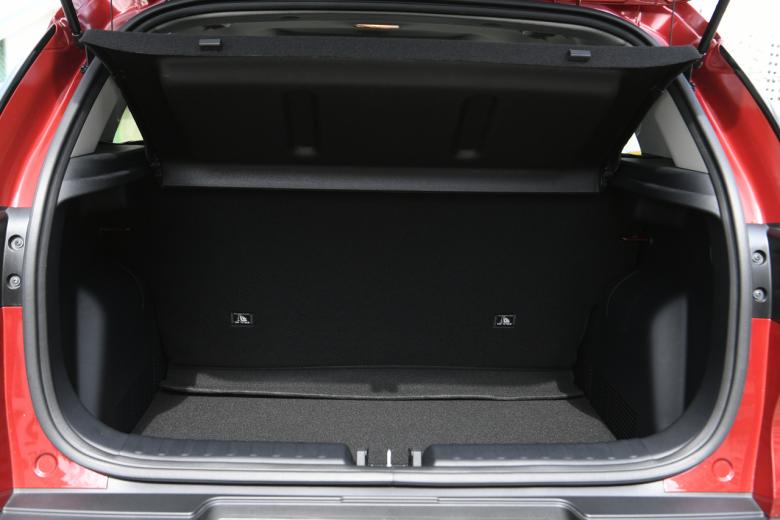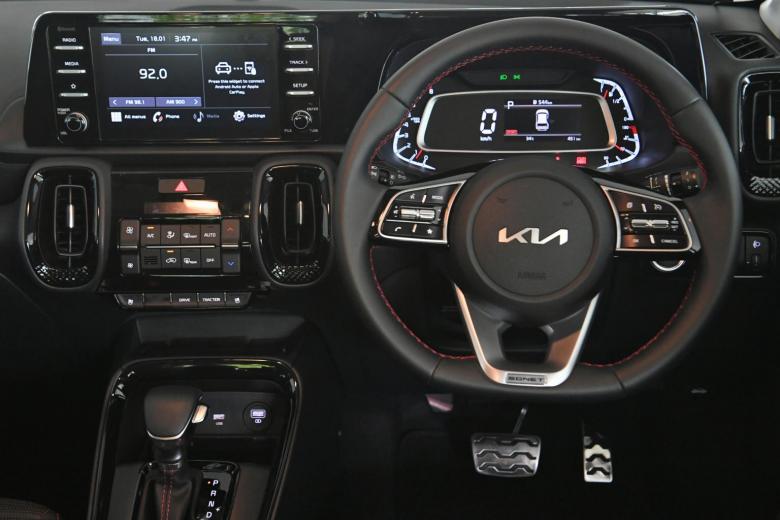[This article was first published on straitstimes.com]
SINGAPORE - On paper, the new Sonet does not quite make sense.
It is slightly smaller and less powerful than its India-made Kia compatriot, the Seltos.
It is also up to $11,000 more pricey, attracts a higher road tax and, instead of the Stonic's smooth seven-speed dual-clutch gearbox, it has a whiny continuously variable transmission (CVT).
But in real life, the new compact crossover makes a case for itself. It is just as visually pleasing as the Stonic, with prominent roof rails and sleek LED lights all around to lift its stylish but otherwise predictable design.
Despite having a 2,500mm wheelbase (80mm shorter than the Stonic's), it feels adequately roomy inside. This is on account of its higher ceiling (the car is 142mm taller), which gives it a more sport-utility-vehicle feel. The sportier Stonic, on the other hand, is more hatchback-like.
Indeed, the Sonet comes across as bigger than what its dimensions suggest, with its spaciousness in the second row enhanced by raised front seats and a non-sloping roofline.
It has a bigger boot too, with 392 litres of stowage versus the Stonic's 352 litres.

But it is not as versatile as its sibling, with a one-piece folding rear seatback, versus the Stonic's 60:40 folding format. This means if you want more stowage in the Sonet, its second row will be rendered useless.
The car has a modest 1.5-litre non-turbo four-cylinder engine, which makes 115hp at 6,300rpm and 144Nm at 4,500rpm. It goes from zero to 100kmh in 11 seconds and peaks at an unremarkable 170kmh.
But at the wheel, it is surprisingly perky, betraying none of the lethargy you would associate with the lacklustre figures mentioned above. In fact, the car's cruise control is extremely responsive, wasting no time at all to revert to its set speed each time an opportunity presents itself, straining its CVT to what sounds like choking point.
It handles adequately, but is not without the rolling and pitching of most SUVs. Its ride is slightly above average, thanks largely to high-profile tyres.
The cabin has a mix of old and new features. Seat adjustments are all manual, the steering wheel can be manoeuvred only for reach, the reverse camera is rudimentary and there are no cup-holders for rear occupants.
But it comes with rear air-conditioning blowers (rather unnecessary for a small car), a digital infotainment system with Android Auto and CarPlay, drive and terrain modes, an LCD instrumentation panel and wireless phone charging.
 Its best feature has to be the ventilated front seats - something truly appreciated in tropical Singapore but omitted by many, even the high-end, brands.
Its best feature has to be the ventilated front seats - something truly appreciated in tropical Singapore but omitted by many, even the high-end, brands.
The other impressive thing is the car's fuel efficiency. Despite having a less sophisticated drivetrain than the Stonic's 1-litre turbocharged mild-hybrid system, the 1.5-litre Sonet averages 6.6 litres/100km.
This is close to Kia's declared 6.4 litres/100km and even closer to the Stonic's tested figure of 6.5 litres/100km.
This proves that old-school drivetrains still have some life in them, even if the Sonet has some inherent advantages, such as its highly efficient but aurally unpleasant CVT and its relatively low kerb weight. At 1,168kg, it is 120kg lighter than the Stonic.
Most of all, the Sonet shows you cannot always judge a car by what is between the covers of its brochure. Often, you have to drive it to find out. You will be surprised how different some cars are on paper from what they are in metal.
Book a test drive to experience the all-new Sonet now!
Source: The Straits Times © SPH Media Limited. Permission required for reproduction.
